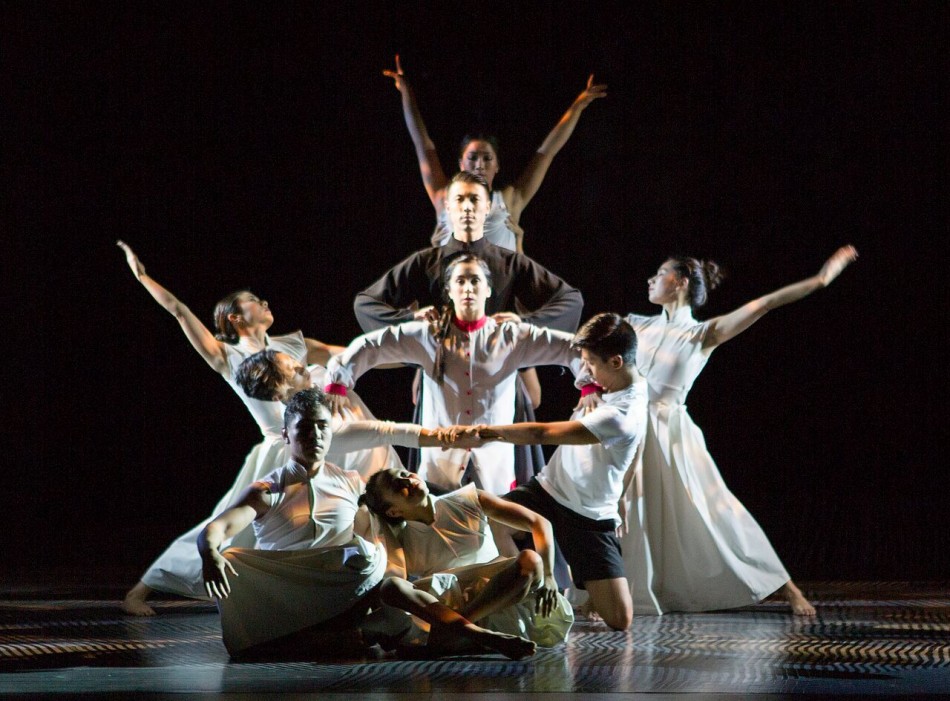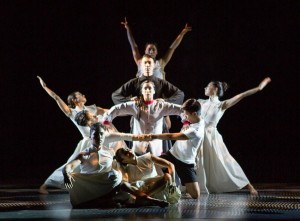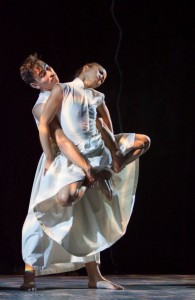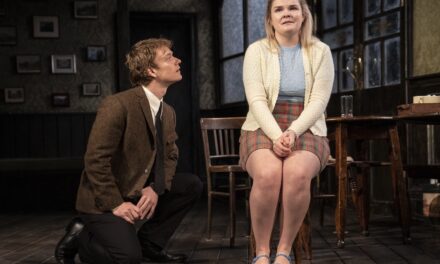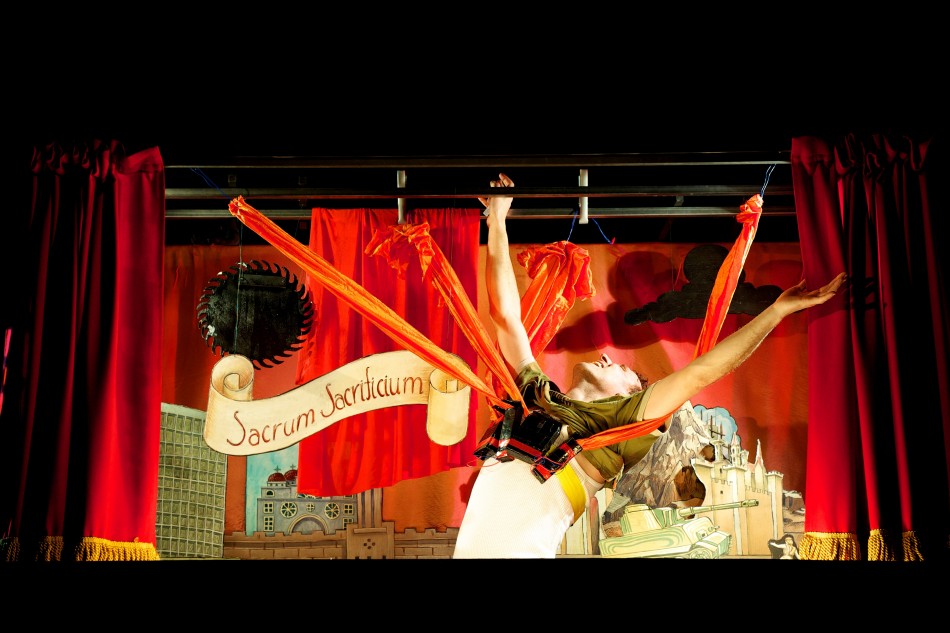An epic-scaled, but flawed theater/dance biography of a major 20th Century literary figure.
By Joel Benjamin
Daniel Ezralow’s Pearl resurrects the life story of a major literary figure of the twentieth century, Pearl S. Buck. Unfortunately, Ezralow’s overblown, yet under-choreograhed, epic turns Buck into a mythical figure rather than the complex, flawed flesh and blood woman who won both the Pulitzer and Nobel Prizes for her work. This spectacle at the David H. Koch Theater in Lincoln Center is at once overly explicit and unmoving, except for a few moments at the very end when guest artist, Margie Gillis personifies the elderly Buck in a tightly wound solo amidst a stageful of undefined characters.
Ezralow, who conceived, directed and choreographed Pearl has had a long association with epic-scale theater works. Although he knows how to fill a stage, his unsubtle dance moves and too-explicit symbols made for an overlong evening. Pretentious program notes promised far more than is visible on the stage. (Ironically, the over-written program does not indicate which performer plays what role—an odd omission.)
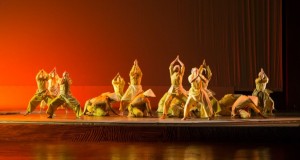

Over and over again we see a stage teeming with lines or circles of people, parting to reveal little scenes of mime-like dance: young Pearl observing the world; Pearl being tormented at an American school; Pearl dancing a tortured, twisty dance on a keyboard as words fly above her; Pearl being lifted in the vortex of a huge circle of a rotating chorus; and the aged Pearl (the remarkable Ms. Gillis) looking bereaved as her beloved China falls into disarray. Readings from Buck’s works gave more insight to her feelings than the choreography.
The soporific score by Jun Miyake, on tape, provided little rhythmic or dramatic support.
The stagecraft was first rate, although the set often overpowered the staging. Mr. Ezralow has made a great deal of the “real river” on the stage. It amounted to a narrow stream of water—not visible from where I was sitting—into which some dancers dipped and over which some leapt. Its symbolism wasn’t strong enough to warrant its inclusion. A well-placed strip of blue cloth would have served just as well.
The costumes by Oana Botez were both period perfect and character defining. The large complicated set by Michael Cotton included surreal videos by Mirada and brilliant lighting by Christopher Akerlind.
The dancers performed Ezralow’s stage patterns with great determination and zest.
*Photos: Jim Cox
Pearl – August 27-30, 2015
David H. Koch Theater at Lincoln Center
Tickets: 212-496-0600 or www.davidhkochtheater.com
More information: www.PearlTheShow.com
Running time: two hours including one intermission


